“Piano” — a poem by Steve Paul
Taking Forster’s bucket
into the unknown
like Keith Jarrett
in Bremen sailing
into pianissimo
Taking Forster’s bucket
into the unknown
like Keith Jarrett
in Bremen sailing
into pianissimo
In a 2005 Jerry Jazz Musician interview, Paul Desmond biographer Doug Ramsey discusses his subject – a jazz artist who transcended genres to establish one of the most immediately recognizable sounds in all of music.
...The story – a finalist in the recently concluded 68th Short Fiction Contest – is a semiautobiographical tale of a café-hopping tour of Paris in the revolutionary summer of 1968, and a romance cut short by the overwhelming realities of national strikes, police violence at home and abroad, and finally the assassination of Bobby Kennedy.
...Paul Morris is a graphic designer and writer who collects album art of the 1940’s and 1950’s. He finds his examples of influential mid-century design in the used record stores of Portland, Oregon.
_____
In this edition, Paul features samples of Alex Steinweiss album covers, created during the early 1940’s, at the beginning of his career
...Paul Morris is a graphic designer and writer who collects album art of the 1940’s and 1950’s. He finds his examples of influential mid-century design in the used record stores of Portland, Oregon. In this edition, Paul writes about the album cover art of Erik Nitsche, a pioneer of modern design
...Paul Morris is a graphic designer and writer who collects album art of the 1940’s and 1950’s. He finds his examples of influential mid-century design in the used record stores of Portland, Oregon.
This edition features a selection of RCA Victor album covers from Paul’s collection
...Paul Morris is a graphic designer and writer who collects album art of the 1940’s and 1950’s. He finds his examples of influential mid-century design in the used record stores of Portland, Oregon. This humorous edition features a “disturbing” and fascinating trend in 1950’s album art — Records on the Floor!
...Album covers: to those who grew up in the vinyl era, the images printed on the sleeves of LPs were closely linked in our imaginations with the music they represented. The iconic covers of the ’60s – Sgt. Pepper, The Band at Big Pink, Cheap Thrills drawn by R. Crumb – put an enduring visual stamp on the pop culture of the time.
This art form has a relatively short history – only in the ’40s were 78 rpm album covers routinely decorated with art.
Take Five: The Public and Private Lives of Paul Desmond is the story of a jazz artist who transcended genres to establish one of the most immediately recognizable sounds in all of music. Long before his success as the alto saxophonist with the Dave Brubeck Quartet, decades before he wrote “Take Five ,” Desmond determined that he would be himself, never a disciple or an imitator, whatever the cost.
...Fifteen years ago, Cherie Nutting returned to Morocco. She had first visited it as a child with her mother, and the images of mystery and the desert had stayed with her, fueled over the years by accounts of expatriate life and by the literature created there. In Tangier again, she met the most famous of the expatriates and author of the classic The Sheltering Sky. Cherie became a friend of Paul Bowles and part of his circle. Over the years, the friendship deepened and widened.
Yesterday’s Perfume is a memoir of that friendship and of Cherie’s love of Morocco. Cherie discusses her friendship with this extraordinary artist in an interview with Jerry Jazz Musician publisher Joe Maita.
...Poets write about Thelonious Monk – inspired by William Gottlieb’s photograph and Rhonda R. Dorsett’s artistic impression of it.
...A collection in which over 30 poets communicate their appreciation for jazz music in poems no longer than seven lines.
....This collection of jazz poetry – the largest yet assembled on Jerry Jazz Musician – demonstrates how poets who are also listeners of jazz music experience and interact with the spontaneous art that arises from jazz improvisation, which often shows up in the soul and rhythm of their poetic language.
...Few artists inspire creativity like Miles Davis. This collection of poetry by 50 poets from all over the world is evidence of that.
...In this winter collection of diverse themes and poetic styles, 55 poets wander the musical landscape to explore their spirit and enthusiasm for jazz music, its historic figures, and the passion, sadness, humor and joy it arouses.
...In this fifth collection of poetry reflecting these times, 33 poets offer their perspectives…
...An ongoing series designed to share the quality of jazz poetry continuously submitted to Jerry Jazz Musician.
...free jazz
the perfect soundtrack
for chaos
Eric Dolphy
.on my mind
as I swing blue
Straight Up and Down
Our annual year-end compilation of jazz albums oft mentioned by a wide range of critics as being the best of 2024
...What are your hopes, anxieties, expectations for 2025? How do you see it playing out? 50 readers respond to the question, What one song best represents your expectations for 2025?
...2024 produced its share of losses of legendary jazz musicians. Terrance Underwood pays poetic homage to a handful who have touched his life, imagining their admittance to the Final Arms Hotel, a destination he introduces in his prelude.
...In this edition of extensive jazz playlists, the award-winning jazz producer and scholar Bob Hecht presents a 31-song playlist of historic and contemporary duo performances that exemplify the essence of jazz as a conversation between individuals, an open exchange between equal partners.
...The esteemed writer tells a story about the jazz world before, during, and after the 1959 recording of Kind of Blue, and how the album’s three genius musicians came together, played together, and grew together (and often apart) throughout the experience.
...In this, the 17th major collection of jazz poetry published on Jerry Jazz Musician, 50 poets from all over the world again demonstrate the ongoing influence the music and its associated culture has on their creative lives.
...The introduction is excerpted from Tad Richards’ terrific book that explores the small group swing artists who made music from bebop to rhythm and blues.
...“Community Bookshelf” is a twice-yearly space where writers who have been published on Jerry Jazz Musician can share information about their recently authored books.
...Floyd grabbed his cane and stepped out of his air-conditioned car into the late August heat. The afternoon sun warmed his stiff joints. It felt good. From the Honda’s back seat he pulled a battered guitar case, locked the car and shambled down Monterey Street to Premier Music Store. Its front door stood closed against blasts of hot Santa Ana winds.
...The 19 poets included in this collection effectively share their reverence for jazz music and its culture with passion and brevity.
...Tad Richards is a prolific visual artist, poet, novelist, and nonfiction writer who has been active for over four decades. ..He frequently writes about poetry, and the following piece about the history of the connection of jazz and American poetry first appeared in the Greenwood Encyclopedia of American Poetry (2005). It is published with the permission of the author.
...One-third of the Winter, 2024 collection of jazz poetry is made up of poets who have only come to my attention since the publication of the Summer, 2023 collection. What this says about jazz music and jazz poetry – and this community – is that the connection between the two art forms is inspirational and enduring, and that poets are finding a place for their voice within these virtual pages.
...In this interview, Alyn Shipton discusses Cab Calloway, whose vocal theatrics and flamboyant stage presence made him one of the country’s most beloved entertainers.
...The former Village Voice writer Gary Giddins, who was prominently featured in Ken Burns’ documentary Jazz, and who is the country’s preeminent jazz critic, joins us in a December 23, 2002 conversation about jazz legend Thelonious Monk.
...The journalist and poet Joel Lewis shares his immensely colorful story of falling in love with jazz, and living with it and reporting on it during his younger days in New Jersey and New York
...This edition features poetry chosen from hundreds of recent submissions, and from a wide range of voices known – and unknown – to readers of these collections. The work is unified by the poets’ ability to capture the abundance of jazz music, and their experience with consuming it.
...once said I’d marry a man
Who could hum the first four bars
Of Cal Tjader’s “Doxy.”
We say these foolish things
When we’re young and
Still learning the ways of the world.
A man once asked me about ambition, not in a typical sense of family and lifetime accomplishments, more of a rhetorical artistic conversation. To me, it wasn’t a topic which warranted a structured answer let alone a real plan, God forbid life would be linear and predictable. Now, over two decades later, I am found in Notting Hill’s Rooftop Cafe, writing a story which could possibly address the subject unintentionally.
...The poets share their love of jazz through personal narratives, and memories of live performances
...This is the 14th extensive collection of jazz poetry published on Jerry Jazz Musician since the fall of 2019, when the concept was initiated. Like all previous volumes, the beauty of this edition is not solely evident in the general excellence of the published works; it also rests in the hearts of the individuals from diverse backgrounds who possess a mutual desire to reveal their life experiences and interactions with the music, its character, and its culture.
...A minor regional writer walks into a hometown bar and confronts his past – and present – when he encounters an old classmate
...A conversation about women who formed a group that became known as “Heterodoxy,” whose members were fired up by a desire to change their world, and who became public ambassadors of a brand-new philosophy; feminism.
...The authors discuss how dance records of mid-century were a primary resource for learning the steps, and how the convergence of dancing and music – and album cover art – impacted American identity.
...A broad collection of jazz poetry authored by an impressive assemblage of regular contributors and established poets new to this publication – all of whom open their imagination and hearts to the abundant creative experience they derive from this art.
...In today’s world of stand-up comedy, women are distinguished performers whose acts fill auditoriums and provoke their stardom in blockbuster movies. But before the likes of Amy Schumer, Tiffany Haddish, and Ali Wong, it took courageous and revolutionary women of mid-20th century America who were willing to confront extreme cultural barriers and participate in a corner of the entertainment world previously inhabited by men only. Shawn Levy’s In On the Joke: The Original Queens of Stand-up Comedy consist of concise biographies of comedians like Moms Mabley, Phyllis Diller, Elaine May and Joan Rivers who successfully broke into the boys club of stand-up comedy, offering new ideas of womanhood along the way.
...Over 60 poets from all over the world celebrate their love of jazz…in poetry.
...Drummer Joe La Barbera talks about his book, and the significance of his experience working in Bill Evans’ last trio
...In an excerpt from his book Soundtrack to a Movement: African American Islam, Jazz, and Black Internationalism, Richard Brent Turner writes about Max Roach and his wife, the singer Abbey Lincoln, and the contributions they made to social justice, constructed in the intersecting worlds of African American Islam and jazz.
...The book’s co-author in conversation about the little-known life story of the pioneering Ms. Dodgion, who defied the odds to become a world-class jazz drummer in a world – and on an instrument – dominated by men.
...Molly Larson Cook’s abstract-expressionist paintings accompany the 50 poets contributing to this collection. Her art has much in common with the poetry and music found within it; all three art forms can be described as “landscapes of the imagination,” created by artists from all over the world who are inspired in a meaningful way by jazz music, and whose work can be uniquely interpreted and appreciated (or not!) by those who consume it.
...Friends remember Al Summ, whose love and appreciation of jazz showed up in a variety of ways. His artwork was found (and rescued) by his friends Dan Brown, Dave Watson, Bob Crimi and “Andy” – a.k.a. “The Gang of Four”.
This remembrance is a reminder of how jazz and its culture can touch the soul of an enthusiast, and a demonstration of a longtime, devoted friendship. I am proud to assist the “Gang” in sharing their heartfelt connection to their departed friend.
...“It’s not exclusive, but inclusive, which is the whole spirit of jazz.”
-Herbie Hancock
.
And…this spirit is not limited to the musicians, because celebrating jazz is rich in creative opportunity for writers and visual artists as well. The 54 poets who contribute to this poetry collection are living proof of that.
As always, thanks to the poets, and I hope you enjoy…
Joe
...An interview with The Art of Jazz author Alyn Shipton, whose book is an exploration of how jazz influenced sheet music art, album art, posters, photography, and individual works of fine art.
...A 50 song jazz playlist featuring countless great performances, including by Shirley Horn, Ella Fitzgerald, Sarah Vaughan, Frank Sinatra, Mel Torme, and many others
...An intimate portrait of Bill Charlap and mother Sandy Steward, who explore the art of musical collaboration and accompanying singers.
.... . In a 2009 Jerry Jazz Musician interview, Robin D. G. Kelley, author of Thelonious Monk: The Life and Times of an American Original, talks about the legendary composer/pianist who was a founding father of modern jazz. . . .Robin D. G. Kelley, author of Thelonious Monk: The Life and Times of an … Continue reading “A Black History Month Profile: Thelonious Monk, a founding father of modern jazz”
...Bob Hecht talks with pianist Bill Charlap and writer Ted Panken about the late Phil Woods, and his book Life in E Flat: The Autobiography of Phil Woods
...Kevin Whitehead, the longtime jazz critic for NPR’s Fresh Air, discusses jazz music and the movies – the “natural allies” that both grew out of existing creative traditions, and, since the mid-1920’s have told stories about “child prodigies, naturals who pick up the music the first time they hear it, hard workers with a painstaking practice regimen, talented players diverted into soul-killing commercial work, and even non-improvisers taught to fake it.”
...December has brought the tradition of year-end “Best Of” lists, and the consensus among critics is that – as difficult as it may be to understand given the challenging circumstances – 2020 was a banner year for new jazz recordings.
...Jazz and poetry have always had a symbiotic relationship. Their creative languages share the common soil of imagination and improvisation, from which their audiences discover inspiration and spirit, and perhaps even a renewed faith in life itself.
This collection features 50 gifted poets from places as disparate as Ohio and Nepal, Estonia and Boston, Guyana and Pittsburgh, each publicly sharing their inner world reverence for the culture of jazz music.
...An invitation was extended recently to poets to submit work that reflects this time of COVID, Black Lives Matter, and a heated political season. In this third volume, 33 poets contribute…
...“Album Unfinished,” a story by Geoffrey Polk, was a short-listed entry in our recently concluded 54th Short Fiction Contest. It is published with the permission of the author
.... . “Clifford Brown” is a painting by Warren Goodson, a Saxapahaw, North Carolina artist whose work is driven by his appreciation for Black culture. With his gracious consent, Mr. Goodson’s art is featured throughout this collection. . . _____ . . “Poetry is eternal graffiti written in the heart of everyone.” -Lawrence Ferlinghetti … Continue reading “A Collection of Jazz Poetry — Summer, 2020 Edition”
...23 poets contribute 26 poems that speak to the era of COVID, Black Lives Matter, and a heated political season
...The author discusses the enigmatic and extraordinary pianist, composer, and band leader, whose most notable achievements came during a time of major societal and cultural change, and often in the face of critics who at times found his music too technical and bombastic.
...Charles Ingham’s “Jazz Narratives” connect time, place, and subject in a way that ultimately allows the viewer a unique way of experiencing jazz history. This edition’s narratives are “”The Artists Salute Each Other”, “Monk’s Mood at the It Club” and “Communing with Ghosts”
...In this edition of photographs and stories from Mr. Oakland’s impressive book, Frank Morgan, Michel Petrucciani, Charles Lloyd, and Emily Remler are featured…
...Jazz music — complex, ground breaking and brilliant from its early 20th century beginnings — would eventually become America’s popular music. That it did so in the face of the severe obstacles of blatant racism and sexism, organized crime and corrupt labor exploitation so prevalent in America at the time is at the heart of historian Gerald Horne’s new book, Jazz and Justice: Racism and the Political Economy of the Music.
...In this edition, Mr. Oakland’s photographs and stories feature Mal Waldron, Jackie McLean and Joe Henderson
...Twenty-eight poets contribute 37 poems to the Jerry Jazz Musician Fall Poetry Collection, living proof that the energy and spirit of jazz is alive — and quite well.
(Featuring the art of Russell Dupont)
.
...Seventeen poets contribute to a collection of jazz poetry reflecting an array of energy, emotion and improvisation
...In this edition, Michael Jarrett interviews producer Creed Taylor about how he came to use tape overdubs during the 1957 Lambert, Hendricks, and Ross Sing a Song of Basie recording session
...This bassist played in Ornette Coleman’s early bands before eventually leading the Liberation Music Orchestra, where he became known as one of free jazz’s founding fathers. Who is he?
Jaco Pastorius
Charlie Haden
Stanley Clarke
Dave Holland
Ron Carter
Jimmy Garrison
Steve Swallow
Go to the next page for the answer!
...
The publication of Arya Jenkins’ “Broad Street” is the fourth in a series of short stories she has been commissioned to write for Jerry Jazz Musician. For information about her column, please see our September 12 “Letter From the Publisher.”
For Ms. Jenkins’ introduction to her work, read “Coming to Jazz.”
__________
The day I moved into Broad Street, the roiling waters of the Long Island Sound burst over sea walls along the Connecticut coast from New Haven to Greenwich, flooding Bridgeport so badly, a poor, emotionally disturbed man actually drowned in a sewer. At Seaside Park, water rushed across two parking lots, swirled around a few skimpy trees and headed straight for the historic set of row houses that included my basement apartment. It was early December as I arrived, two knapsacks in tow, only to find my new landlady Rosie and my neighbor Alice knee-deep in galoshes in muck, hauling out my furniture.
A week earlier, Alice had lured me with, “There’s a vacancy next door and it’s yours. Everybody’s an artist here. You belong.” I had felt that the studio with its cozy rooms
...Who was known as the “middleweight champion of the tenor saxophone?”
Dony Byas
Gato Barbieri
Chu Berry
Gene Ammons
Sonny Stitt
Stan Getz
Hank Mobley
Chico Freeman
...In February, 1928, a large ad in Variety heralded this Chicago-based orchestra’s arrival in New York, referring to it as “THE BIG ORCHESTRA WITH THE LITTLE LEADER.” This orchestra featured some of the biggest future talents in popular music. Who was the orchestra’s leader?
Jean Goldkette
Jimmie Lunceford
Luis Russell
Tommy Dorsey
Ben Pollack
Bob Crosby
Charlie Barnet
Paul Whiteman
...Ken Nordine’s first “Word Jazz” recording featured a band who worked under the alias of the “Fred Katz Group.” Who was its leader?
Bob Brookmeyer
Stan Getz
Zoot Sims
Hank Mobley
Elmo Hope
Lee Morgan
Stan Kenton
Chico Hamilton
...“Reminiscing in Tempo” is part of a continuing effort to provide Jerry Jazz Musician readers with unique forms of “edu-tainment.” As often as possible, Jerry Jazz Musician poses one question via e mail to a small number of prominent and diverse people. The question is designed to provoke a lively response that will potentially include the memories and/or opinion of those solicited.
This edition asks the question “What are 3 or 4 of your favorite jazz record albums of the 1960’s?” Respondents include the musicians John McLaughlin, Vijay Iyer, Warren Wolf, Jane Ira Bloom, Don Byron, Robin Eubanks, and journalists Gary Giddins, Dan Morgenstern, Terry Teachout, Neil Tesser, John Goodman and lots more…
...Disparity in River City
THE MUSIC MAN (1962):
Robert Preston,
the picture’s star,
extols “76 Trombones”,
spots “Trouble in River City”,
earning immortality in the process.
“The piano ain’t got no wrong notes!” So ranted Thelonious Sphere Monk, who proved his point every time he sat down at the keyboard. His angular melodies and dissonant harmonies shook the jazz world to its foundations, ushering in the birth of “bebop” and establishing Monk as one of America’s greatest composers. Yet throughout much of his life, his musical contribution took a backseat to tales of his reputed behavior. Writers tended to obsess over Monk’s hats or his proclivity to dance on stage. To his fans, he was the ultimate hipster; to his detractors, he was temperamental, eccentric, taciturn, or childlike. But these labels tell us little about the man or his music.
...Clad in white tie and tails, dancing and scatting his way through the “Hi-de-ho” chorus of “Minnie the Moocher,” Cab Calloway exuded a sly charm and sophistication that endeared him to legions of fans.
In Hi-de-ho, author Alyn Shipton offers the first full-length biography of Cab Calloway, whose vocal theatrics and flamboyant stage presence made him one of the highest-earning African American bandleaders. Shipton sheds new light on Calloway’s life and career, explaining how he traversed racial and social boundaries to become one of the country’s most beloved entertainers.
...“Reminiscing in Tempo” is part of a continuing effort to provide Jerry Jazz Musician readers with unique forms of “edu-tainment.” As often as possible, Jerry Jazz Musician poses one question via e mail to a small number of prominent and diverse people. The question is designed to provoke a lively response that will potentially include the memories and/or opinion of those solicited.
If you could have dinner with three people, who would they be?
Featuring Gary Bartz, Esperanza Spalding, Billy Cobham, John Scofield and others…
...The widespread presence of jazz and blues in African American visual art has long been overlooked. The Hearing Eye makes the case for recognizing the music’s importance, both as formal template and as explicit subject matter. Moving on from the use of iconic musical figures and motifs in Harlem Renaissance art, this groundbreaking collection explores the more allusive — and elusive — references to jazz and blues in a wide range of mostly contemporary visual artists.
...Albert Murray: There was a piano player, a guitar player who seemed like a legend to me, and there was the great Satchel Paige, who lived on the outskirts of Mobile. Baseball was a big thing there, and he was the greatest baseball player in the world.
...“Reminiscing in Tempo” is part of a continuing effort to provide Jerry Jazz Musician readers with unique forms of “edu-tainment.” As often as possible, we pose one question via e mail to a small number of prominent and diverse people. The question is designed to provoke a lively response that will potentially include the memories and/or opinion of those solicited.
What were five of your favorite record albums (or CDs) when you were twenty years old, and what are five of your favorite CDs today?
Featuring Peter Erskine, Rufus Reid, Terri Lynne Carrington, Ben Ratliff, Steve Khan and others…
...Featuring the complete text of chapter 4 rom “Hear Me Talkin’ To Ya: The Story of Jazz As Told By the Men Who Made It”, a 1955 book by Nat Shapiro and Nat Hentoff
...“Reminiscing in Tempo” is part of a continuing effort to provide Jerry Jazz Musician readers with unique forms of “edu-tainment.” As often as possible, we pose one question via e mail to a small number of prominent and diverse people. The question is designed to provoke a lively response that will potentially include the memories and/or opinion of those solicited.
What are four or five of the the most romantic tunes ever recorded?
Featuring, Famoudou Don Moye, Geri Allen, Delfeayo Marsalis, Bennie Maupin and others…
...“Reminiscing in Tempo” is part of a continuing effort to provide Jerry Jazz Musician readers with unique forms of “edu-tainment.” As often as possible, we pose one question via e mail to a small number of prominent and diverse people. The question is designed to provoke a lively response that will potentially include the memories and/or opinion of those solicited.
When you were growing up, what were three or four of your parents’ favorite recordings?
Featuring Dee Dee Bridgewater, Hubert Laws, Jacky Terrasson, Jimmy Owens, Kurt Elling and others…
...In a wide-ranging conversation, Gary Giddins — for many years the country’s most eminent jazz critic whose most recent collection of cultural criticism is titled Natural Selection — talks about his recent trip to Brazil’s Ouro Preto International Jazz Festival, the business of jazz festivals and touring, jazz education, and the debate concerning where today’s cutting-edge of jazz resides.
...Following the path of its star musician John Coltrane, Impulse Records cut a creative swath through the 1960s and 1970s with the politically charged avant-garde jazz that defined the labels musical and spiritual identity. Ashley Kahn’s The House That Trane Built tells the story of the label, balancing tales of individual passion, artistic vision, and commercial motivation.
...“Reminiscing in Tempo” is part of a continuing effort to provide Jerry Jazz Musician readers with unique forms of “edu-tainment.” As often as possible, we pose one question via e mail to a small number of prominent and diverse people. The question is designed to provoke a lively response that will potentially include the memories and/or opinion of those solicited.
What musical recording(s) changed your life?
Featuring Dianne Reeves, Francis Davis, Fred Hersch, Jim Hall, Joshua Redman, Nat Hentoff and others…
...Excerpted from Tommy Dorsey: Livin’ in a Great Big Way, by Peter Levinson.
With young men being drafted in profusion and some even volunteering for military service, big bands found new venues to work: Army and Air Force bases and Naval stations. With the pre-war and war period having nothing but a favorable effect on the band business, by 1940, dance bands were still big business. Altogether, big bands of every stripe earned one hundred ten million dollars that year.
...Just after World War I, the musical style called jazz began a waterborne journey outward from that quintessential haven of romance and decadence, New Orleans. For the first time in any organized way, steam-driven boats left town during the summer months to tramp the Mississippi River, bringing an exotic new music to the rest of the nation. For entrepreneurs promoting jazz, this seemed a promising way to spread northward the exciting sounds of the Crescent City. And the musicians no longer had to wait for folks upriver to make their way down to New Orleans to hear the vibrant rhythms, astonishing improvisations, and new harmonic idioms being created.
...In the final column of his thirty year career as jazz critic of the Village Voice, Gary Giddins wrote, “I’m as besotted with jazz as ever, and expect to write about it till last call, albeit in other formats. Indeed, much in the way being hanged is said to focus the mind, this finale has made me conscious of the columns I never wrote.”
...In the final column of his thirty year career as jazz critic of the Village Voice, Gary Giddins wrote, “I’m as besotted with jazz as ever, and expect to write about it till last call, albeit in other formats. Indeed, much in the way being hanged is said to focus the mind, this finale has made me conscious of the columns I never wrote.”
...The comedians of the 1950’s and 1960’s were a totally different breed of relevant, revolutionary performer from any that came before or after, comics whose humor did much more than pry guffaws out of audiences.
“The new post-Korean War comedy poked and prodded and observed, demolishing fond shibboleths left and right; it didn’t just pulverize with a volley of joke-book gags,” critic Gerald Nachman writes in Seriously Funny; The Rebel Comedians of the 1950’s and 1960’s.
Village Voice writer Gary Giddins, who was prominently featured in Ken Burns’ documentary Jazz, and who is the country’s preeminent jazz critic, joins us in a conversation recorded on June 20, 2003 — and then slightly revised in October — about the profession of jazz criticism.
The conversation is an autobiographical look at the writer’s ascension in his field, and includes candid observations of other prominent critics. It concludes with a unique “Blindfold Test” that asks Giddins to name the jazz writer responsible for the essay excerpt he is spontaneously shown.
...From the Jim Crow world of 1920s Greenville, South Carolina, to Greenwich Village’s Café Society in the ’40s, to their 1974 Grammy-winning collaboration on “Loves Me Like a Rock,” the Dixie Hummingbirds have been one of gospel’s most durable and inspiring groups.
...The charismatic Buck O’Neil is truly an American hero. His eloquence, grace and genuine love for people have captured the hearts and imaginations of kindred spirits worldwide. His illustrious baseball career spans seven decades and has helped make him a foremost authority and the game’s greatest ambassador.
...Village Voice writer Gary Giddins, who was prominently featured in Ken Burns’ documentary Jazz, and who is the country’s preeminent jazz critic, joins us in a December 23, 2002 conversation about jazz legend Thelonious Monk.
...Time has been an essential ingredient in the Smothers Brothers’ success. They have been considered ahead of their time, masters of timing and practitioners of timeless comedy. Now as they mark over 42 years in show business, the Smothers Brothers are being saluted as time-honored legends whose lengthy career has surpassed all other comedy teams in history.
...When Stephanie Stein Crease was a child, and her older brother started bringing home records by Gil Evans and Miles Davis, her world turned. Fascinated by the colorful orchestrations found on Miles Ahead, Porgy and Bess and Sketches of Spain, recorded between 1957 and 1960, Crease began a life long affair with the music of Evans, a man noted critic Gary Giddins has called “one of the great figures in American music.” Gil Evans, Out of the Cool, is a culmination of her fascination of and appreciation for the work of Gil Evans.
...As jazz critic for the New Yorker magazine since 1957, and author of fifteen books, Whitney Balliett has spent a lifetime listening to and writing about jazz. Generations of readers have learned to listen to the music with his graceful guidance.
In our interview with Balliett, he discusses his latest book, Collected Works: A Journal of Jazz, 1954-2000 (St. Martin’s Press), which collects a bounty of his reviews, reporting and portraits.
...Since 1955, Dwike Mitchell and Willie Ruff have been performing, teaching, and sharing jazz with the country and the world. William Zinsser, best-selling author of On Writing Well, follows the duo to China, to the American Midwest, to New York City, and to Venice (where Ruff travels back to the roots of Western music in order to explore jazz’s heritage).
Zinsser tells how these two men, raised in small towns in the South in the 1930s and 40s, struggled and persevered to become masters of their craft–and how they came to embrace the tradition of jazz as it is handed down from one generation to the next.
...
Click here to read about plans for the future of Jerry Jazz Musician.

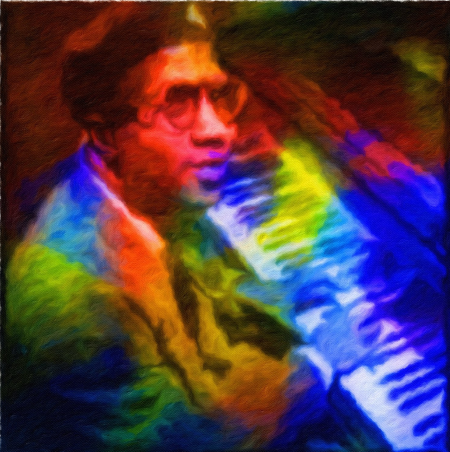



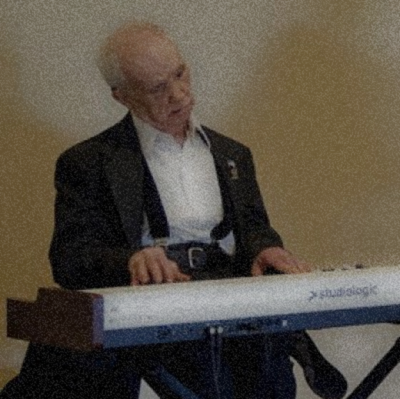
”The Subtle Art of Dinner Music” by Fred Shaw
The Sunday Poem is published weekly, and strives to include the poet reading their work.... Fred Shaw reads his poem at its conclusion
Click here to read previous editions of The Sunday Poem

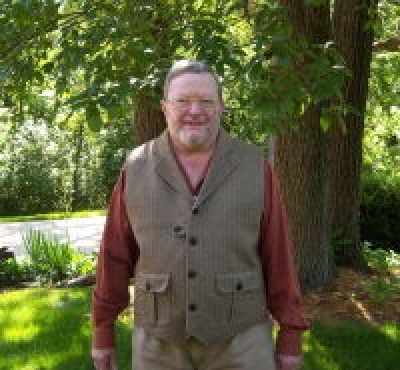
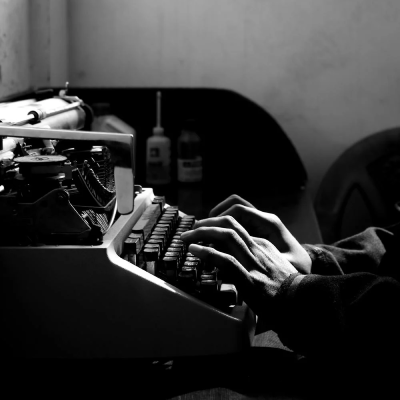

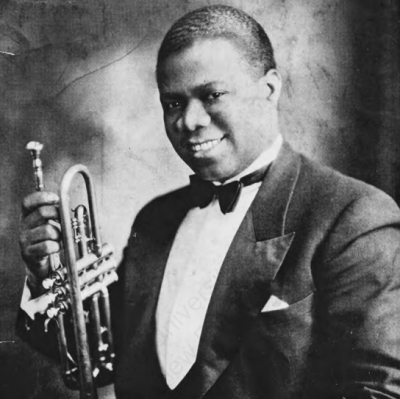
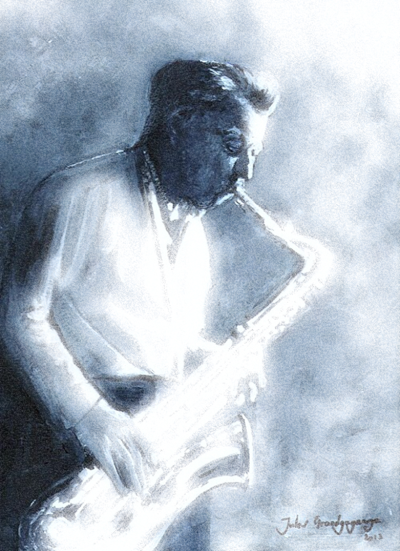

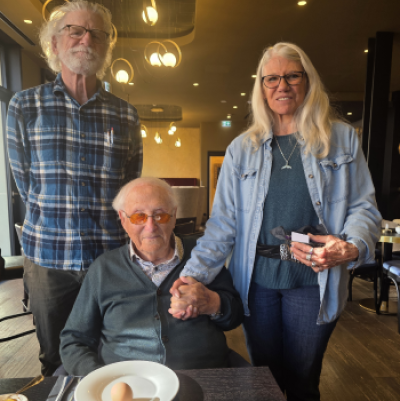

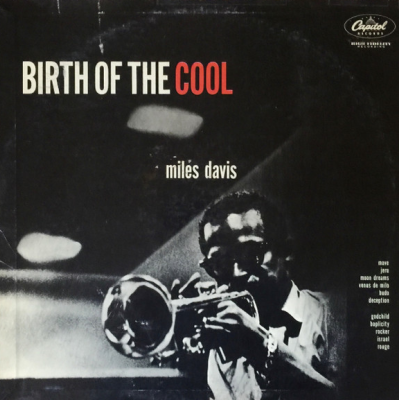

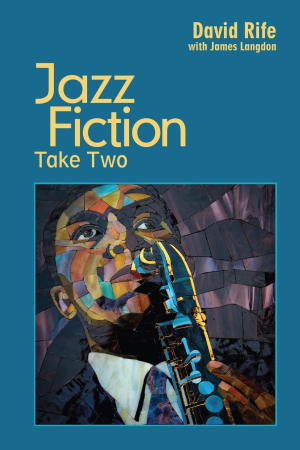

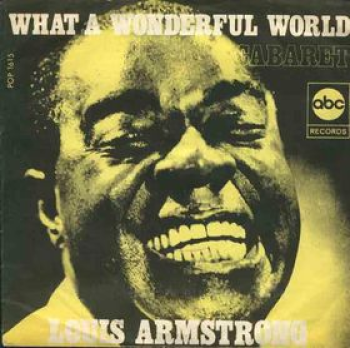
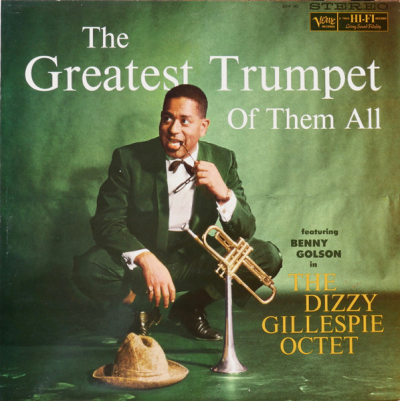
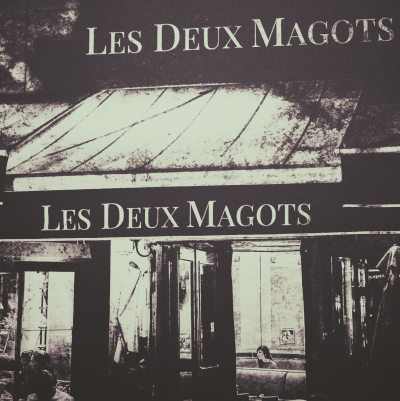


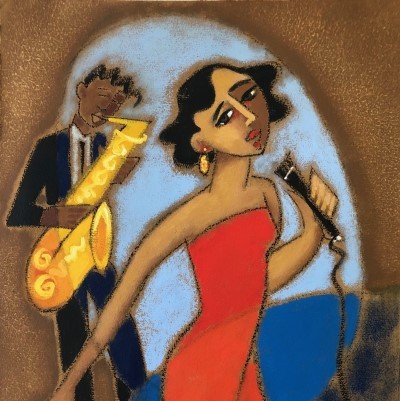
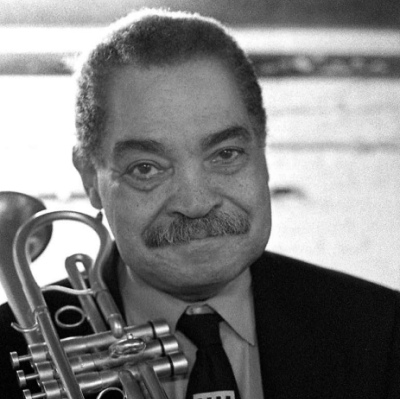

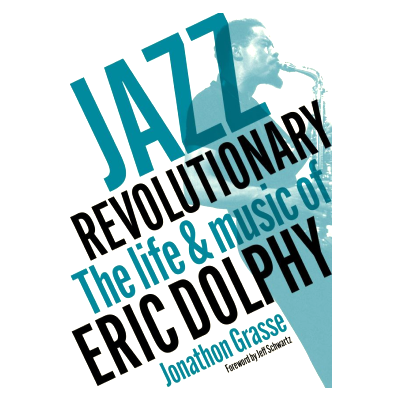


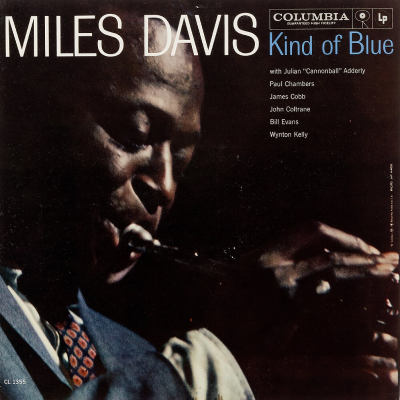
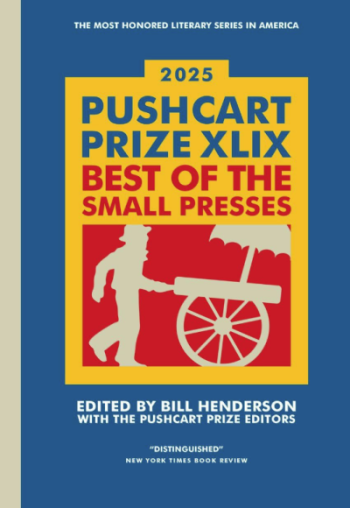
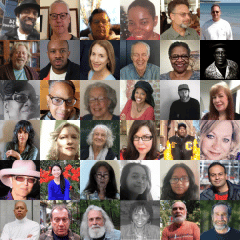

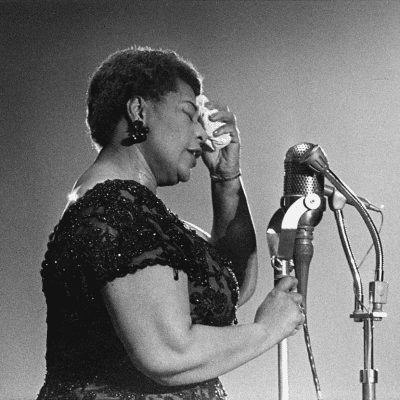

Dear Readers:
Reader funding helps support the expense of publishing this website, and to keep it free of advertising – which is a rarity in the dot-com world. Many thanks to those who have recently contributed, and to those who have done so multiple times. Your support is very much appreciated.
If you are able, please consider making a contribution? Information regarding how to do so is found by clicking here.
For viewing my long range vision for Jerry Jazz Musician, please click here.
To view the content on Jerry Jazz Musician, simply click on the “close” tab.
Thank you!
Joe Maita
Editor/Publisher
,

